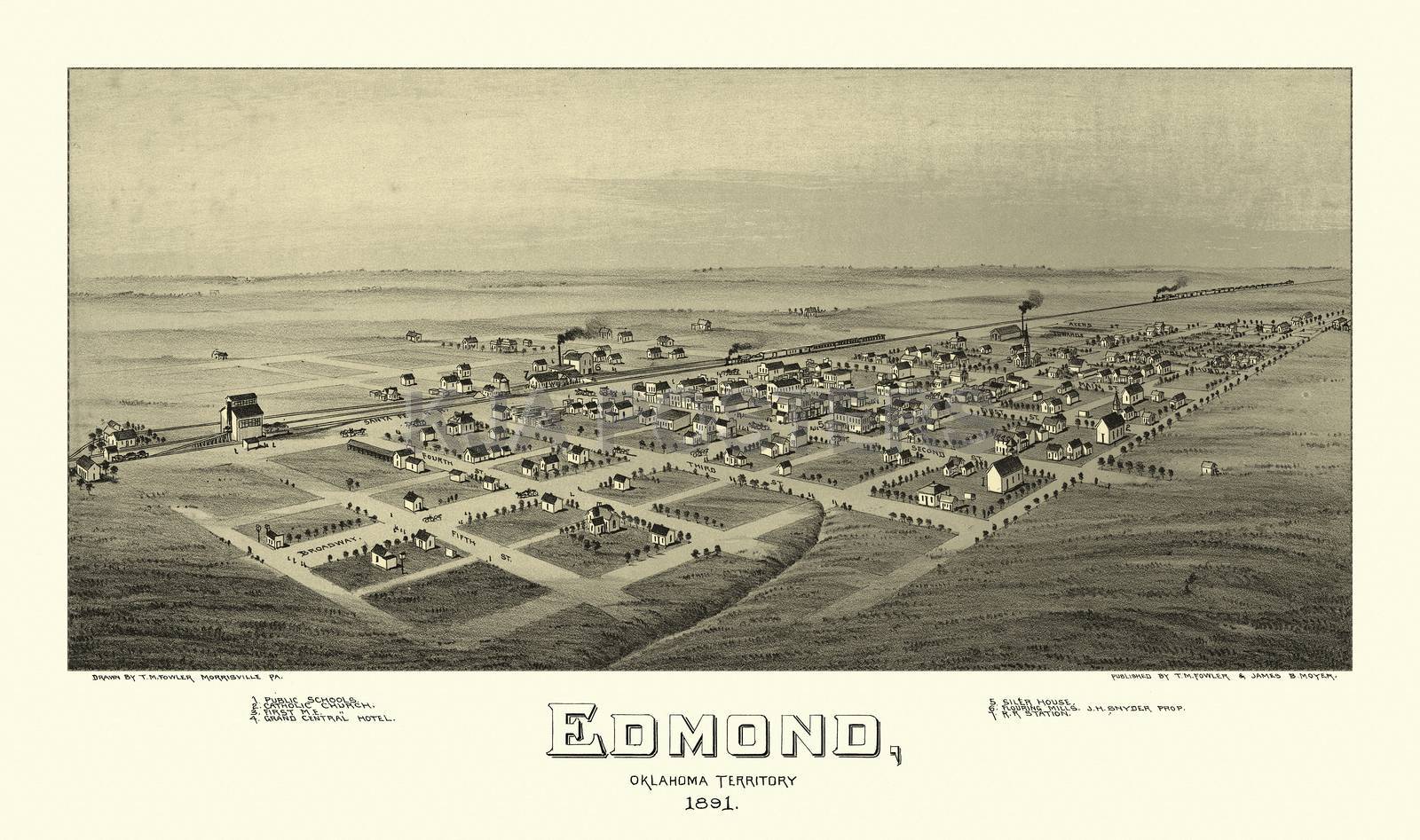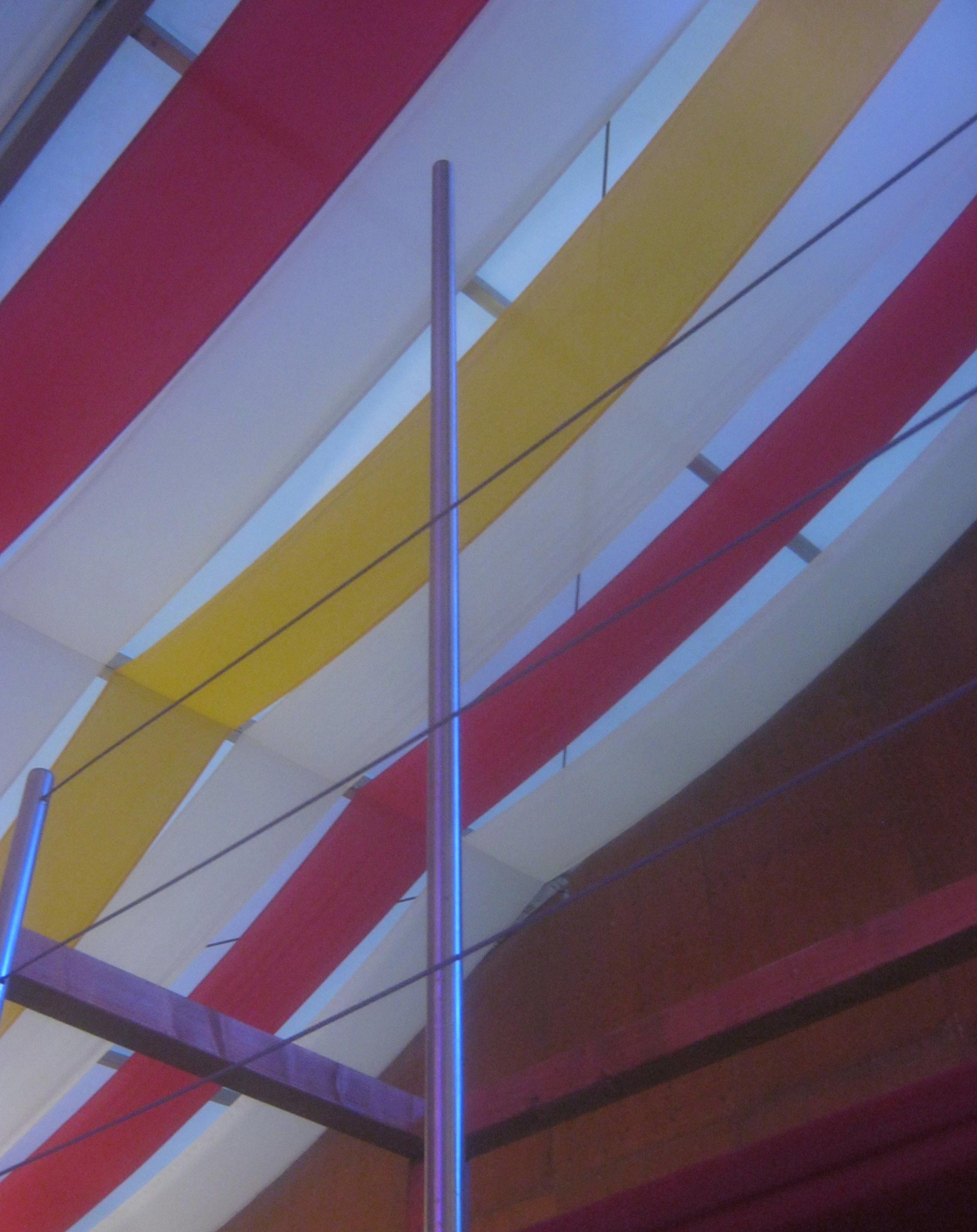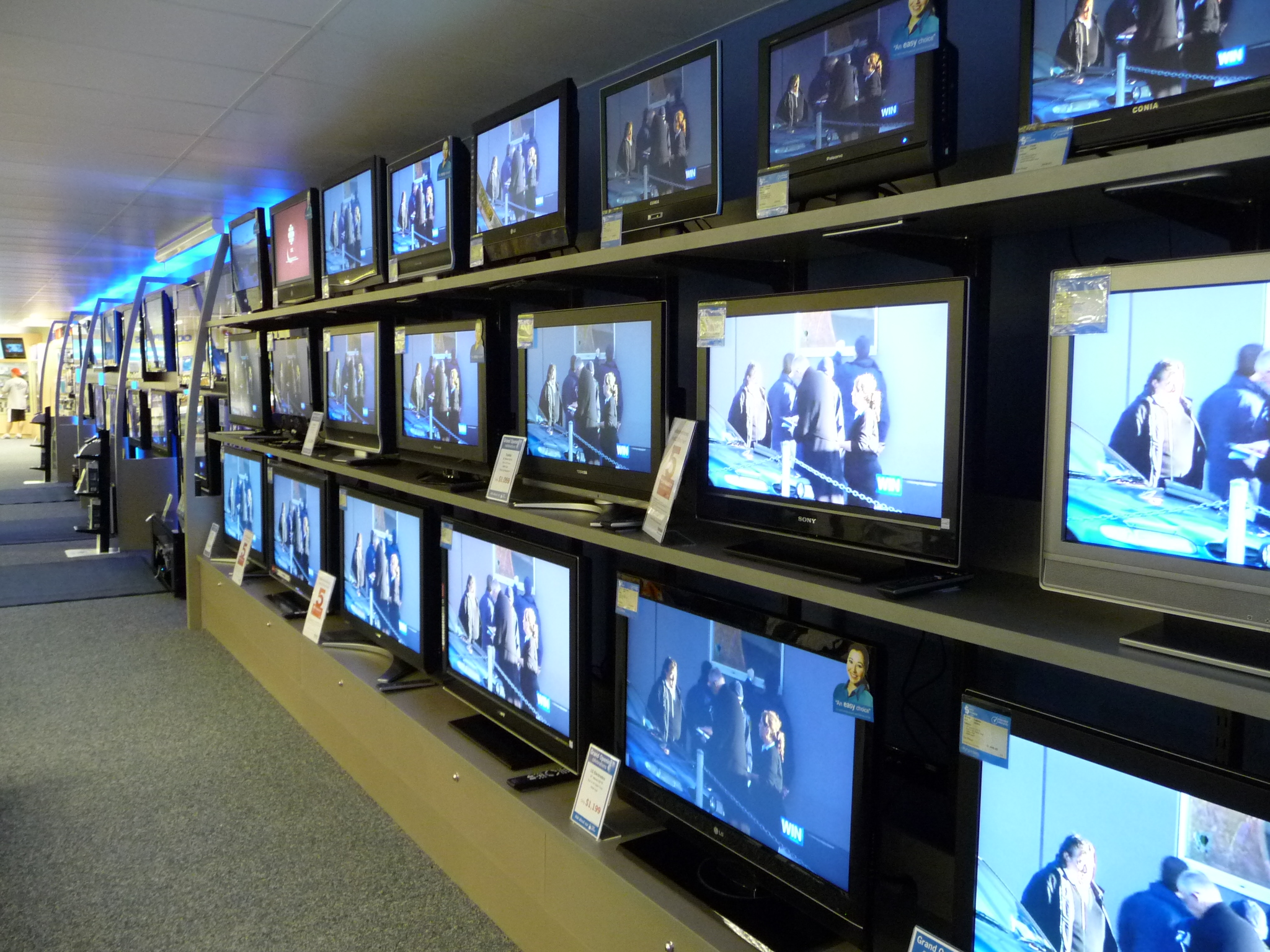|
UCentral
UCentral is the student media network at the University of Central Oklahoma, featuring traditional media and new media created by students majoring in professional media. UCentral Radio, Ucentral News, and the Vista fall under the umbrella of the UCentral Student Media Network. UCentral is located within the Department of Mass Communication at the University of Central Oklahoma. TV and Netcasts UCentral features several HDTV and netcast programs such as UCentral News, produced by broadcast-news students, and "Above The Fold", which is produced by the Vista Staff. TV and Netcast History Starting in 1976 as KCSU-TV, UCentral has featured several programs such as UCentral News, the daily student newscast; The Huddle, a weekly football highlight program during the fall; Conspiracy Weekly, an in-depth look at untold truths; Cup of Joe Quiz Show, a light-hearted, trivia-based game show with a prize; and TBSR, a focus on UCO players during the spring semester. The newscast is still b ... [...More Info...] [...Related Items...] OR: [Wikipedia] [Google] [Baidu] |
UCentral 2020 Logo
UCentral is the student media network at the University of Central Oklahoma, featuring traditional media and new media created by students majoring in professional media. UCentral Radio, Ucentral News, and the Vista fall under the umbrella of the UCentral Student Media Network. UCentral is located within the Department of Mass Communication at the University of Central Oklahoma. TV and Netcasts UCentral features several HDTV and netcast programs such as UCentral News, produced by broadcast-news students, and "Above The Fold", which is produced by the Vista Staff. TV and Netcast History Starting in 1976 as KCSU-TV, UCentral has featured several programs such as UCentral News, the daily student newscast; The Huddle, a weekly football highlight program during the fall; Conspiracy Weekly, an in-depth look at untold truths; Cup of Joe Quiz Show, a light-hearted, trivia-based game show with a prize; and TBSR, a focus on UCO players during the spring semester. The newscast is still ... [...More Info...] [...Related Items...] OR: [Wikipedia] [Google] [Baidu] |
UCentral Radio
KZUC-LP (also going by UCentral Radio) is the student radio station on the campus of the University of Central Oklahoma in Edmond, Oklahoma. UCentral Radio applied for an LPFM license in November 2013 and was awarded a construction permit by the Federal Communications Commission on February 24, 2015. UCentral Radio is part of the UCentral student media network at the University of Central Oklahoma. History Then-Central State College became a radio broadcaster when it launched student-operated KCSC (now KUCO) at 88.1 MHz on April 4, 1966. This station was used primarily as an educational tool to prepare students for positions in the broadcasting industry. It was upgraded twice, first to 28,000 watts on 90.1 MHz in 1968 and then to 100,000 watts in 1978. In 1979, the station began broadcasting a full-time classical music format. While this dramatically increased public support, student body interest in the station declined, as did the involvement of broadcast students w ... [...More Info...] [...Related Items...] OR: [Wikipedia] [Google] [Baidu] |
University Of Central Oklahoma
The University of Central Oklahoma (UCO or Central State) is a public university in Edmond, Oklahoma. It is the third largest university in Oklahoma, with more than 17,000 students and approximately 434 full-time and 400 adjunct faculty. Founded in 1890, the University of Central Oklahoma was one of the first institutions of higher learning to be established in what would become the state of Oklahoma, making it one of the oldest universities in the southwest region of the United States. It is home to the American branch of the British Academy of Contemporary Music in downtown Oklahoma City. History The University of Central Oklahoma was founded on December 24, 1890, when the Territorial Legislature voted to establish the Territorial Normal School, making UCO the second oldest public institution in Oklahoma. First being the University of Oklahoma established December 19, 1890. Classes were first held in November 1891. By comparison, Oklahoma A&M College (now Oklahoma State Uni ... [...More Info...] [...Related Items...] OR: [Wikipedia] [Google] [Baidu] |
KUCO (FM)
KUCO ( 90.1 FM) is a classical music radio station serving the Oklahoma City, Oklahoma area, owned by the University of Central Oklahoma. Studios are located at the UCO at Santa Fe Plaza development in downtown Oklahoma City. History Student radio On October 19, 1965, the Federal Communications Commission granted Central State College a construction permit for a new student radio station to be built on the CSC campus. On April 4, 1966, KCSC took to the air from studios in the former president's office in what had been the Central State administration building. Funded by a $25,000 donation from alumnus Homer L. Johnson, a rancher from Duncan, KCSC aired mostly classical and light dinner music, alongside extensive coverage of Central State athletic events, a bulletin board for campus events, and news coverage. Max O. Davis, chairman of Central's speech department, stated the station will be used primarily as an educational tool to prepare students for positions in the broadcasting i ... [...More Info...] [...Related Items...] OR: [Wikipedia] [Google] [Baidu] |
Radio Stations In Oklahoma
The following is a list of FCC-licensed radio stations in the U.S. state of Oklahoma, which can be sorted by their call signs, frequencies, cities of license, licensees, and programming formats. List of radio stations Defunct * KAMG-LP * KEIF-LP * KHVJ-LP * KIOP * KJZT-LP * KLGB-LP * KMAC * KNFB * KONZ * KPOP-LP * KPSU * KVWO-LP * KZPY-LP See also * Oklahoma media ** List of newspapers in Oklahoma ** List of television stations in Oklahoma ** Media of locales in Oklahoma: Broken Arrow, Lawton, Norman, Oklahoma City, Tulsa Tulsa () is the second-largest city in the state of Oklahoma and 47th-most populous city in the United States. The population was 413,066 as of the 2020 census. It is the principal municipality of the Tulsa Metropolitan Area, a region with ... References Bibliography * * * Gene Allen. Voices On the Wind: Early Radio in Oklahoma (Oklahoma City: Oklahoma Heritage Association, 1993). External links * * (Directory ceased in 2 ... [...More Info...] [...Related Items...] OR: [Wikipedia] [Google] [Baidu] |
Edmond, Oklahoma
Edmond is a city in Oklahoma County, Oklahoma, United States, and a part of the Oklahoma City metropolitan area in the central part of the state. The population was 94,428 according to the 2020 United States Census, making it the fifth largest city in Oklahoma. The city borders the northern boundary of Oklahoma City. Public transportation is provided by Citylink Edmond bus service. History 19th century The Santa Fe rail line in Oklahoma Territory established a water and coaling station for steam engines at this location when the Santa Fe Railroad built into Indian Territory in 1887.Oklahoma Municipal Government ''Oklahoma Almanac'', 2005, p. 535. (accessed October 1, 2013) The site for the station was chosen because it was the highest point on the line in Oklahoma County; train could more easily acceler ... [...More Info...] [...Related Items...] OR: [Wikipedia] [Google] [Baidu] |
Cable Television
Cable television is a system of delivering television programming to consumers via radio frequency (RF) signals transmitted through coaxial cables, or in more recent systems, light pulses through fibre-optic cables. This contrasts with broadcast television (also known as terrestrial television), in which the television signal is transmitted over-the-air by radio waves and received by a television antenna attached to the television; or satellite television, in which the television signal is transmitted over-the-air by radio waves from a communications satellite orbiting the Earth, and received by a satellite dish antenna on the roof. FM radio programming, high-speed Internet, telephone services, and similar non-television services may also be provided through these cables. Analog television was standard in the 20th century, but since the 2000s, cable systems have been upgraded to digital cable operation. A "cable channel" (sometimes known as a "cable network") is a telev ... [...More Info...] [...Related Items...] OR: [Wikipedia] [Google] [Baidu] |
Low-power Broadcasting
Low-power broadcasting is broadcasting by a broadcast station at a low transmitter power output to a smaller service area than "full power" stations within the same region. It is often distinguished from "micropower broadcasting" (more commonly "microbroadcasting") and broadcast translators. LPAM, LPFM and LPTV are in various levels of use across the world, varying widely based on the laws and their enforcement. Canada Radio communications in Canada are regulated by the Radio Communications and Broadcasting Regulatory Branch, a branch of Industry Canada, in conjunction with the Canadian Radio-television and Telecommunications Commission (CRTC). Interested parties must apply for both a certificate from Industry Canada and a license from CRTC in order to operate a radio station. Industry Canada manages the technicalities of spectrum space and technological requirements whereas content regulation is conducted more so by CRTC. LPFM is broken up into two classes in Canada, Low (5 ... [...More Info...] [...Related Items...] OR: [Wikipedia] [Google] [Baidu] |
Federal Communications Commission
The Federal Communications Commission (FCC) is an independent agency of the United States federal government that regulates communications by radio, television, wire, satellite, and cable across the United States. The FCC maintains jurisdiction over the areas of broadband access, fair competition, radio frequency use, media responsibility, public safety, and homeland security. The FCC was formed by the Communications Act of 1934 to replace the radio regulation functions of the Federal Radio Commission. The FCC took over wire communication regulation from the Interstate Commerce Commission. The FCC's mandated jurisdiction covers the 50 states, the District of Columbia, and the territories of the United States. The FCC also provides varied degrees of cooperation, oversight, and leadership for similar communications bodies in other countries of North America. The FCC is funded entirely by regulatory fees. It has an estimated fiscal-2022 budget of US $388 million. It h ... [...More Info...] [...Related Items...] OR: [Wikipedia] [Google] [Baidu] |
Television Stations In Oklahoma
Television, sometimes shortened to TV, is a telecommunication medium for transmitting moving images and sound. The term can refer to a television set, or the medium of television transmission. Television is a mass medium for advertising, entertainment, news, and sports. Television became available in crude experimental forms in the late 1920s, but only after several years of further development was the new technology marketed to consumers. After World War II, an improved form of black-and-white television broadcasting became popular in the United Kingdom and the United States, and television sets became commonplace in homes, businesses, and institutions. During the 1950s, television was the primary medium for influencing public opinion.Diggs-Brown, Barbara (2011''Strategic Public Relations: Audience Focused Practice''p. 48 In the mid-1960s, color broadcasting was introduced in the U.S. and most other developed countries. The availability of various types of archival storag ... [...More Info...] [...Related Items...] OR: [Wikipedia] [Google] [Baidu] |






